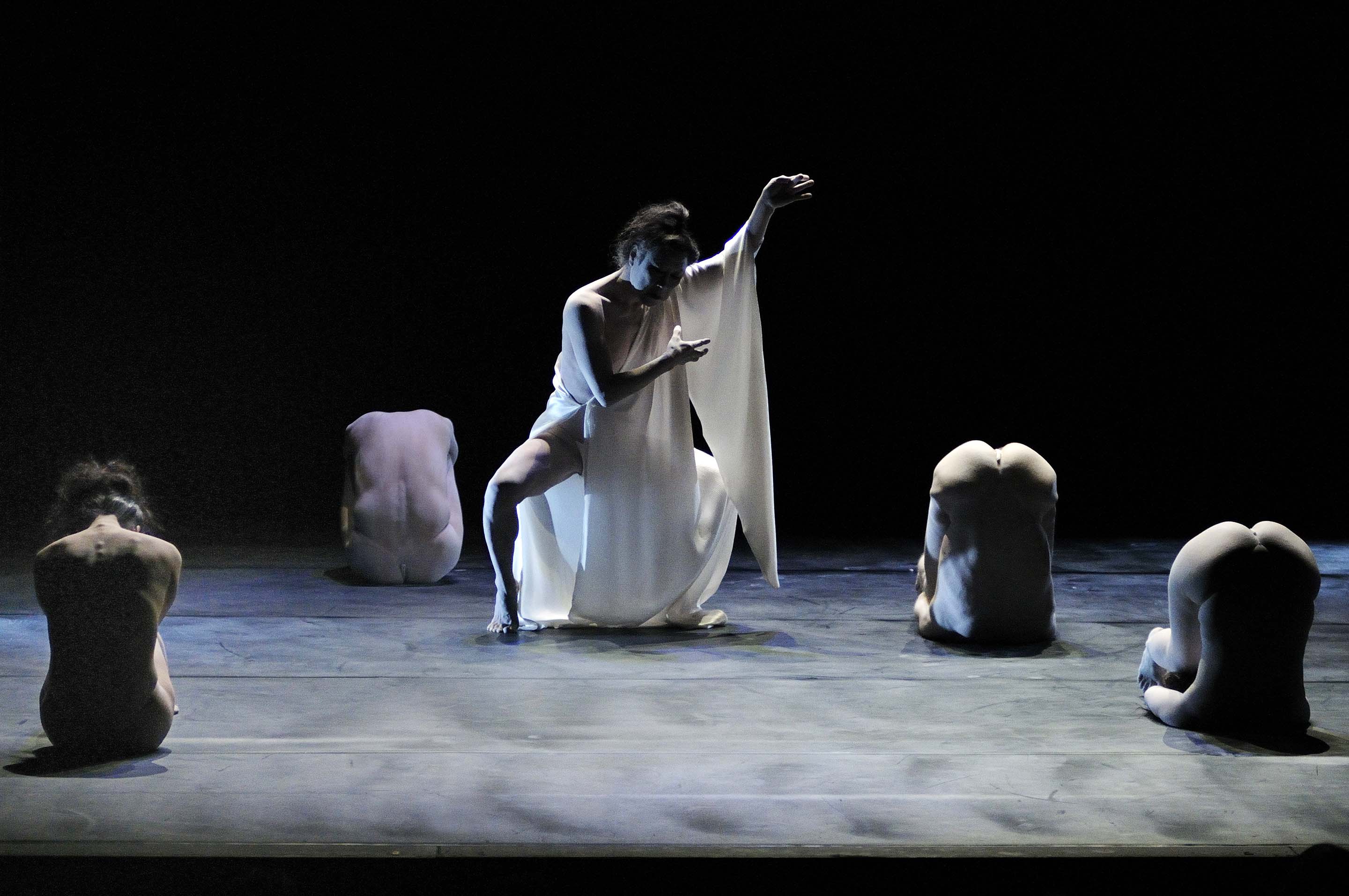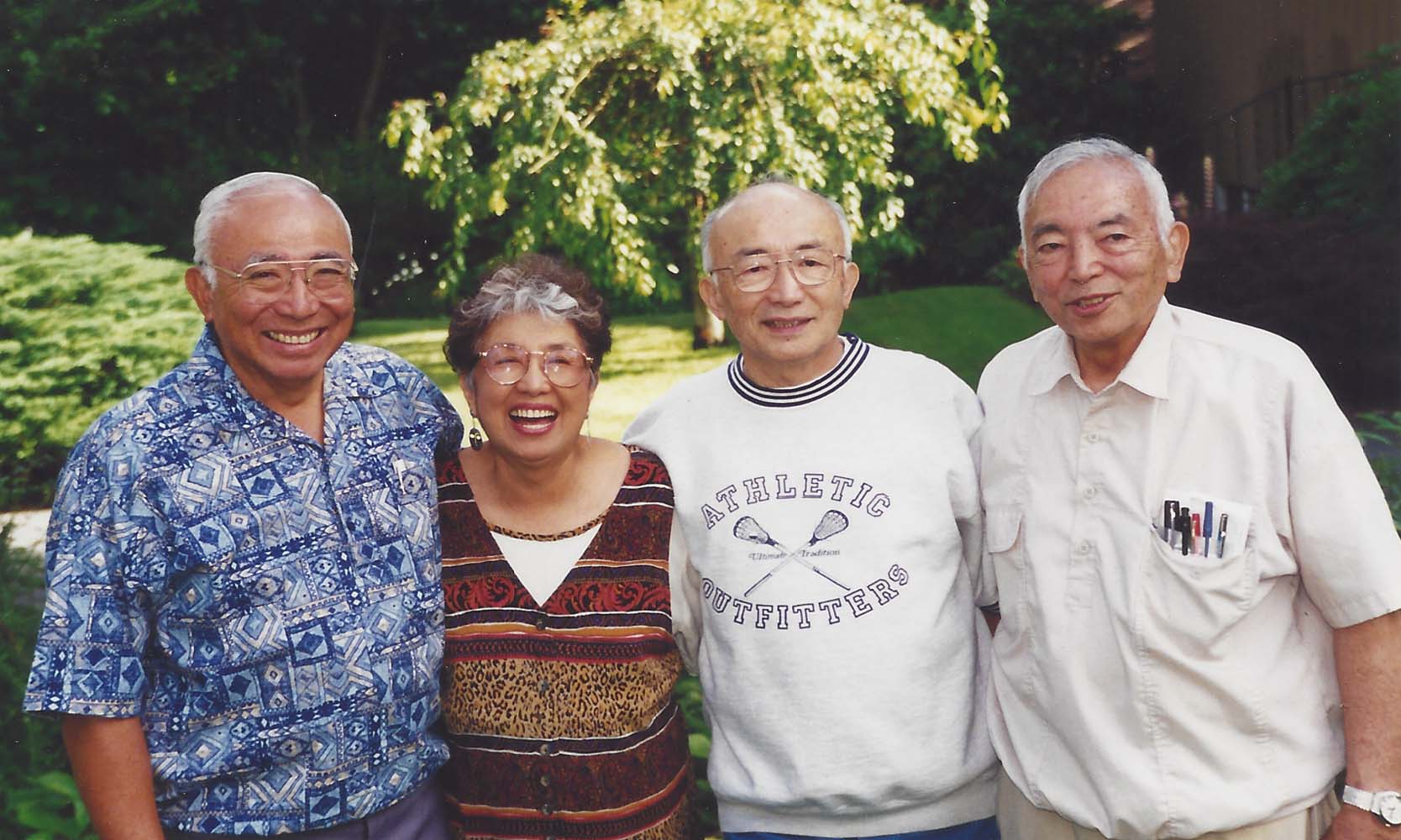
At the beginning of the war Fred Korematsu, a native-born U.S. The cases challenged the constitutionality of the exclusion, relocation, and incarceration of Japanese Americans. Supreme Court cases addressing Japanese interment during the war. Korematsu and Mitsuye Endo, the named plaintiffs in two landmark U.S. Of particular note, Topaz was the interment camp which housed Fred C. location and guard towers shown around the perimeter. Toward the top of the map, which is oriented to the north, are the non-internee facilities, including "Caucasion's Quarters," a Warehouse, Hospital, Administration Building, Lumber Yard, Motor Pool, Coal Yard, etc., with wells, a gate, M.P. The model of the block shows an area partitioned into 12 barracks, with central kitchen, dining, laundry and latrine facilities (including showers, baths and toilets) for the common use of the surrounding barracks. The area at the bottom of the map would appear a model unit for a typical residential block.

Thousands of trees and shrubs were planted throughout the developed area of the camp and internees engaged in extensive landscaping of the barracks areas. The relocation center eventually consisted of 623 buildings including two elementary schools, one junior/senior high school, a hospital, a church, seven watch towers, a perimeter fence, and a sentry post.

The map shows the 1 square mile "City," barbed wire perimeter, guard towers and 42 "blocks" within the core of the camp, which included a pre-school school, high school, music school, churches (Protestant, Catholic, Buddhist and Inter-Faith), library, Japanese library, gym, industrial arts building, science building, barber shops, movies and other facilities for residents.

Named for its location, near Topaz Mountain, Utah, approximately 140 miles southwest of Salt Lake City Utah, the camp opened in 1942 as a means of removing Japanese living in the Bay area from the "sensitive" coastal regions. Previously Unknown Hand Drawn Plan of the Japanese Internment Camp at Topaz Mountain, Utah - Home to Fred Korematsu and Mitsuye Endoĭetailed plan of the "City" and neighboring buildings of the Topaz War Location Center, one of the primary locations utilized to house Japanese internees from the San Francisco Bay area during World War II. African Islands, including Madagascar (69).


 0 kommentar(er)
0 kommentar(er)
